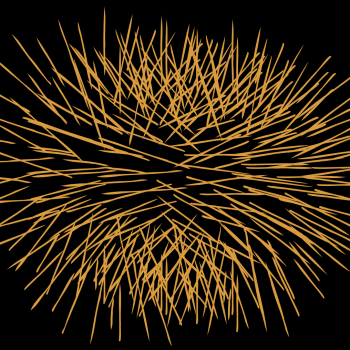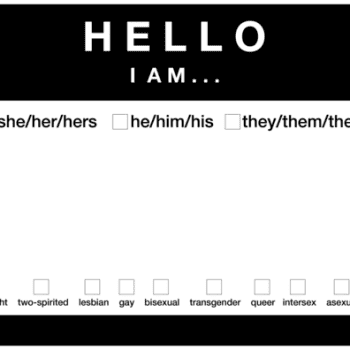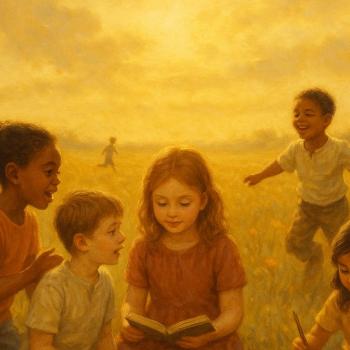As another example of how simple elements give rise to complexity, Tibetan Buddhism itself can be seen as consisting of four distinct branches (Nyingma, Sakya, Gelug, Kagyu). Of particular interest of late have been the Mahamudra and Dzogchen teachings within Vajrayana, which are resonant with Zen. Vajrayana also includes esoteric practice, requiring initiation, as does the Japanese school Shingon.
But I don't wish to over-complicate the picture lest it lead to spiritual materialism -- shopping for enlightenment. I heartily subscribe to what Joseph Goldstein recently termed One Dharma*. Recall what Yogi Berra suggests: "When you come to a fork in the road, take it!" Seriously, please bear in mind Buddhism isn't really in a book or on a website -- even Patheos. That is, it's nothing you can pull down off of a shelf. (In fact, it's not a thing.) Rather, it's intimacy with your own life: experiencing life genuinely, completely, just as it is. When you're ready to learn more, there are teachers and fellow travelers along the Path.
To open this out, and touch a bit deeper, I'll use my own life as an example. I came to Buddhism through a vision that came to me when I was 6 years old. By age 11, I realized it was best explained by Buddhism. That is, it explains to me my true nature in harmony with the nature of the universe.
My root practice lineage is in the tradition of Ven. Thich Nhat Hanh, which marries a few schools. This is natural, given Vietnam's proximity to both India and China. He's also coined the phrase "engaged Buddhism" -- taking place within a growing, wider movement of engaged spirituality where work on the inner and outer tangle is as one. Plus my teacher's studies in comparative religion nourish a viable, vital interfaith awareness*, as reflected in his widely-read book Living Buddha, Living Christ. Speaking of which, I might mention I'm Jewish. I don't feel I'm betraying my ancestors but rather fulfilling my mitzvot (ethics) through this practice that waters my Jewish roots and gives it new wings.
I also study with Zen priest Dairyu Michael Wenger. Similarly, it's not uncommon today to find students and teachers who've studied in different lineages. A distinct example might be Stephen Batchelor. After he immersed himself in Tibetan Buddhist studies, then studied Korean Zen, he "disrobed" (became a lay practitioner) and teaches a unique, modern Western style he calls Buddhism without beliefs; such Buddhist agnosticism isn't without debate, as seen in current online discussion of his new book Confessions of a Buddhist Atheist.
Remember too, the Buddha wasn't a Buddhist. (Was Jesus a Christian?) And here's a really interesting statistic. Respected pollsters Wuthnow and Cadge discovered that one in eight Americans answered yes when asked if they'd heard any teachings of the Buddha that they take to be of lasting value and influence in their lives. That's interesting. Whether or not you identify as "Buddhist," we're coming to the teachings of the Buddha much like those of Einstein without our having to say we're Einsteinian. (Might you already be Buddhist, and not even know it?)
In the end, the teachings of the Buddha depend on how you put them into practice -- how you walk the Path.
Adapted from a blog posted by the author at the PBS website in conjunction with David Grubin's feature Faces of the Buddha.
For further reading see One Dharma by Joseph Goldstein and Patheos' Public Square articles and resources on interfaith.
Gary Gach manages the Buddhist portal at Patheos. He is also the author of The Complete Idiot's Guide to Buddhism, editor of What Book!?: Buddha Poems from Beat to Hiphop, and translator of three books by the Korean Buddhist poet Ko Un.





